If your kitchen sink faucet is experiencing low water pressure, the first thing to check is the aerator. The aerator is a small screen attached to the end of the faucet that helps regulate water flow and prevent splashing. Over time, minerals and debris can build up in the aerator, causing it to become clogged and restrict water flow. To check the aerator, simply unscrew it from the faucet and inspect it for any buildup. If you notice a lot of debris, clean it out or replace it with a new one. This simple fix can often solve the issue of low water pressure.Check the aerator
If the aerator is not the problem, the next step is to check the water supply. Make sure the main water supply valve is fully open and not partially closed, as this can cause a decrease in water pressure. You can also check other faucets in your home to see if they are experiencing low water pressure as well. If they are, the issue may be with the main water supply line and you may need to call a plumber for assistance.Check the water supply
Another possible cause of low water pressure in your kitchen sink faucet could be the shut-off valves. These valves control the flow of water to the faucet and if they are partially closed or malfunctioning, it can cause a decrease in water pressure. Make sure the valves are fully open and if they are not, try turning them off and on again to see if that helps. If the valves are old or worn out, it may be time to replace them.Check the shut-off valves
Over time, sediment and debris can build up in the faucet head, causing it to become clogged and decrease water pressure. To clean the faucet head, unscrew it from the faucet and soak it in a solution of equal parts water and vinegar. This will help dissolve any buildup and restore the flow of water. You can also use a toothbrush to scrub away any stubborn debris. After cleaning, reattach the faucet head and test the water pressure.Clean the faucet head
Leaky pipes can also cause a decrease in water pressure. Check the pipes under your sink for any signs of leaks, such as puddles of water or dampness. If you notice a leak, it may be a simple fix of tightening a connection or replacing a worn out pipe. However, if the leak is more severe, it may require the assistance of a plumber.Check for leaks
The cartridge is a small piece inside the faucet that controls the flow of water. Over time, the cartridge can become worn out or damaged, resulting in decreased water pressure. If you have tried all other solutions and are still experiencing low water pressure, it may be time to replace the cartridge. This is a relatively easy fix and can be done on your own or with the help of a plumber.Replace the cartridge
If your home has a water pressure regulator, it is important to check it to ensure it is functioning properly. The water pressure regulator controls the pressure of the water coming into your home. If it is malfunctioning or set too low, it can result in decreased water pressure. Consult a plumber if you suspect the water pressure regulator is the issue.Check the water pressure regulator
The supply lines are the small pipes that connect your faucet to the main water supply. Over time, these lines can become clogged with debris and mineral buildup, causing a decrease in water pressure. To clean the supply lines, turn off the water supply and disconnect the lines. Soak them in a solution of water and vinegar to dissolve any buildup. After cleaning, reattach the lines and test the water pressure.Clean the supply lines
If none of the above solutions have worked, it is possible that there is a clog in the pipes leading to your kitchen sink faucet. This can happen when food particles, grease, or other debris get washed down the drain and become trapped in the pipes. You can try using a plunger or a drain snake to clear the clog. If these methods don't work, it may be necessary to call a plumber for assistance.Check for clogs in the pipes
If all else fails, it may be time to replace your kitchen sink faucet. Over time, faucets can become worn out and no longer function properly, resulting in decreased water pressure. Consider upgrading to a new faucet with better water pressure or consulting a plumber for recommendations on the best faucet for your needs. In conclusion, there are many possible causes of low water pressure in your kitchen sink faucet. By checking the aerator, water supply, shut-off valves, faucet head, and for leaks or clogs, you can often solve the issue on your own. However, if the problem persists, it may be necessary to call a plumber for assistance or consider replacing the faucet altogether. With proper maintenance and care, you can ensure your kitchen sink faucet maintains optimal water pressure for all your cooking and cleaning needs.Replace the faucet
The Importance of Maintaining Water Pressure in Your Kitchen Sink Faucet

Don't Let Low Water Pressure Affect Your Daily Routine
 Water pressure is a crucial aspect of any functioning kitchen sink faucet. It allows for a steady and powerful flow of water, making everyday tasks such as washing dishes, filling pots, and cleaning the sink a breeze. However, when the water pressure in your kitchen sink faucet starts to decrease, it can greatly impact your daily routine and become a frustrating problem to deal with.
There are multiple reasons why your kitchen sink faucet may lose water pressure.
One common cause is a clogged aerator, which is the small screen at the end of the faucet spout that controls the flow of water. Over time, mineral deposits and debris can build up in the aerator, restricting the flow of water. Another possible cause could be a clogged or partially closed shut-off valve, which controls the water flow to your faucet. Additionally, if you have old and corroded pipes, it can lead to a decrease in water pressure.
Water pressure is a crucial aspect of any functioning kitchen sink faucet. It allows for a steady and powerful flow of water, making everyday tasks such as washing dishes, filling pots, and cleaning the sink a breeze. However, when the water pressure in your kitchen sink faucet starts to decrease, it can greatly impact your daily routine and become a frustrating problem to deal with.
There are multiple reasons why your kitchen sink faucet may lose water pressure.
One common cause is a clogged aerator, which is the small screen at the end of the faucet spout that controls the flow of water. Over time, mineral deposits and debris can build up in the aerator, restricting the flow of water. Another possible cause could be a clogged or partially closed shut-off valve, which controls the water flow to your faucet. Additionally, if you have old and corroded pipes, it can lead to a decrease in water pressure.
Addressing the Issue and Finding a Solution
 If you are experiencing low water pressure in your kitchen sink faucet, the first step is to check the aerator.
Using a pair of pliers, carefully unscrew the aerator from the faucet and clean it out with a brush and vinegar solution.
This should remove any buildup and restore the water pressure. If the issue persists, it may be time to check the shut-off valve and replace it if necessary. Additionally, if you have older pipes, it may be worth considering replacing them to improve the overall water pressure in your home.
If you are experiencing low water pressure in your kitchen sink faucet, the first step is to check the aerator.
Using a pair of pliers, carefully unscrew the aerator from the faucet and clean it out with a brush and vinegar solution.
This should remove any buildup and restore the water pressure. If the issue persists, it may be time to check the shut-off valve and replace it if necessary. Additionally, if you have older pipes, it may be worth considering replacing them to improve the overall water pressure in your home.
Preventing Low Water Pressure in the Future
 To avoid potential low water pressure problems in the future, it is essential to
regularly clean and maintain your kitchen sink faucet.
This includes cleaning the aerator and checking for any build-up, as well as keeping an eye on the shut-off valve and replacing it if needed. It is also recommended to
avoid using harsh chemicals or cleaners that could potentially damage your faucet or pipes.
Opt for natural cleaning solutions whenever possible.
In conclusion, maintaining proper water pressure in your kitchen sink faucet is crucial for a functional and efficient household. By addressing and resolving any issues promptly and incorporating regular maintenance into your routine, you can ensure a steady and powerful flow of water in your kitchen sink for years to come. Remember to keep an eye out for any signs of low water pressure and take action to prevent it from affecting your daily routine.
To avoid potential low water pressure problems in the future, it is essential to
regularly clean and maintain your kitchen sink faucet.
This includes cleaning the aerator and checking for any build-up, as well as keeping an eye on the shut-off valve and replacing it if needed. It is also recommended to
avoid using harsh chemicals or cleaners that could potentially damage your faucet or pipes.
Opt for natural cleaning solutions whenever possible.
In conclusion, maintaining proper water pressure in your kitchen sink faucet is crucial for a functional and efficient household. By addressing and resolving any issues promptly and incorporating regular maintenance into your routine, you can ensure a steady and powerful flow of water in your kitchen sink for years to come. Remember to keep an eye out for any signs of low water pressure and take action to prevent it from affecting your daily routine.


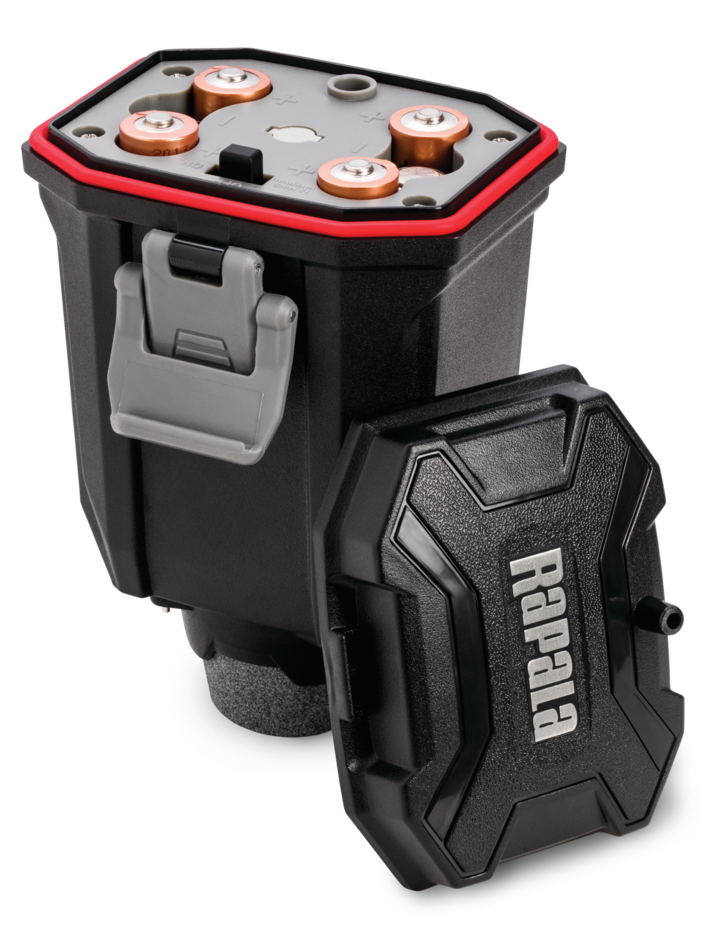
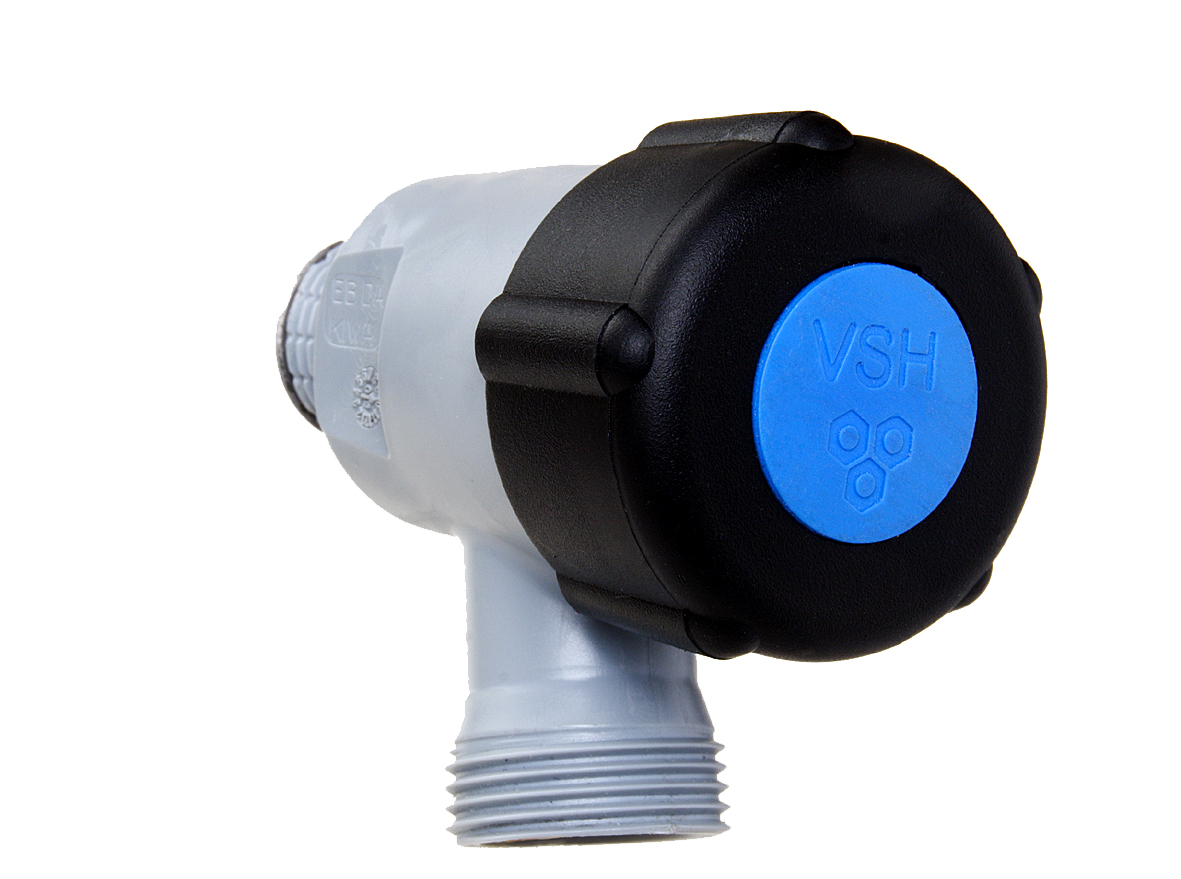























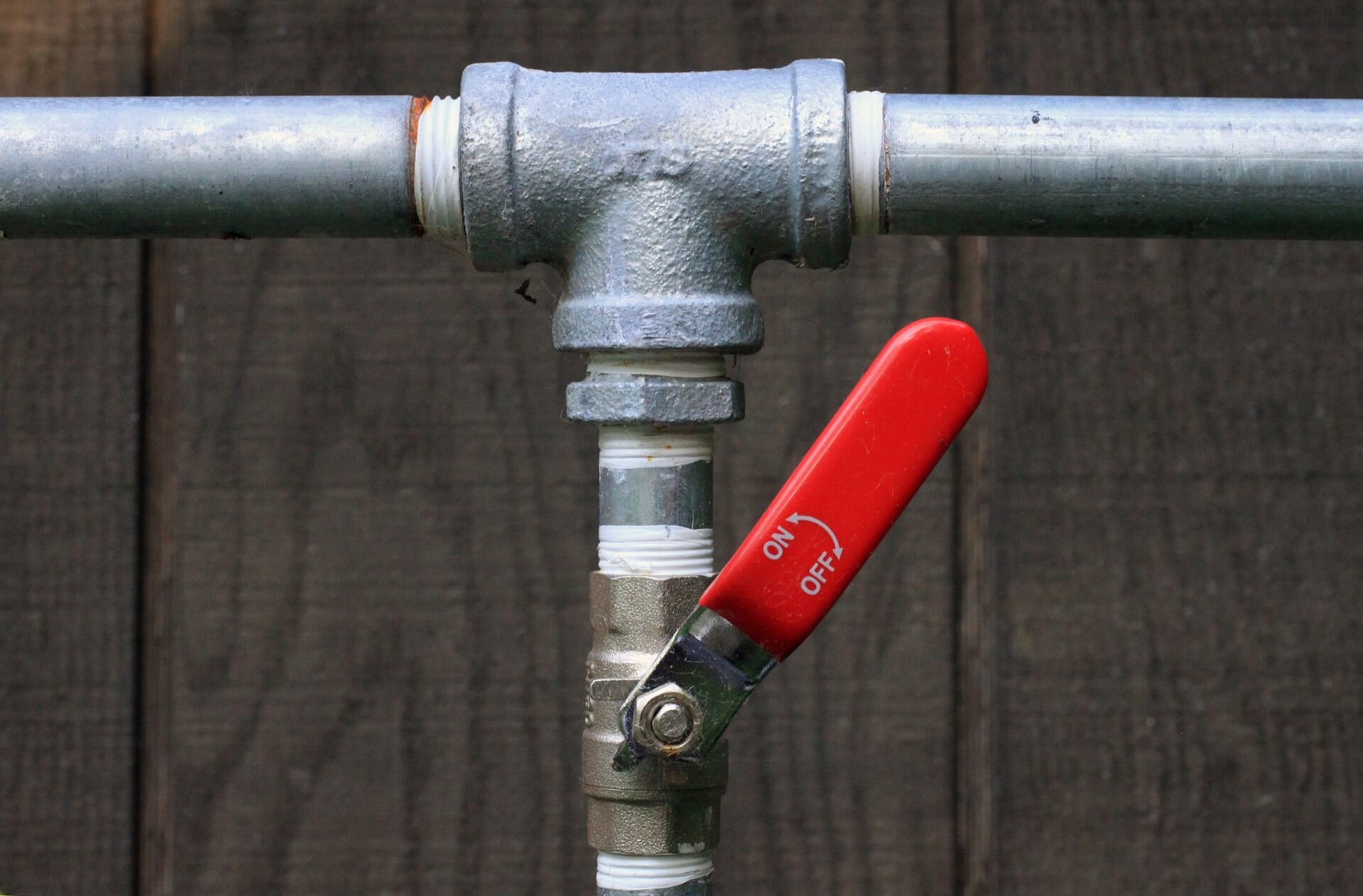






















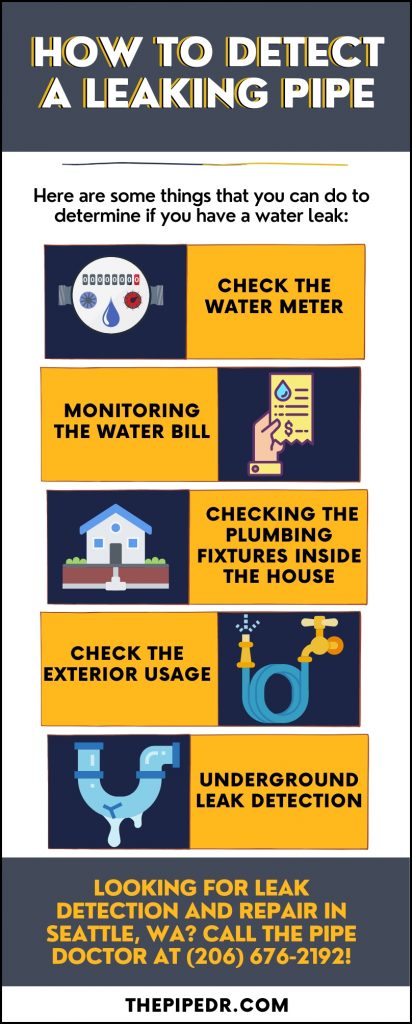


















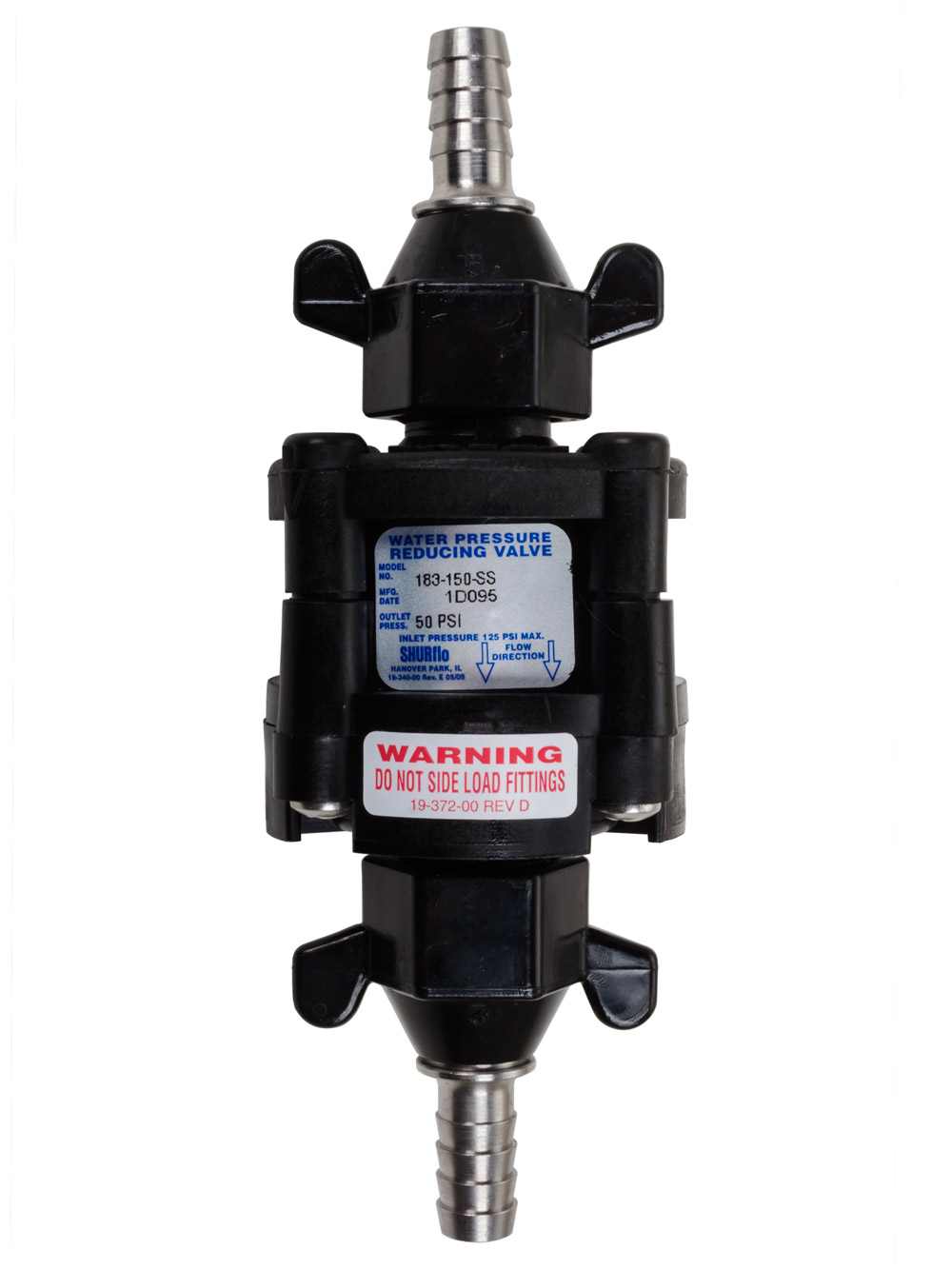


:max_bytes(150000):strip_icc()/the-men-s-hand-opens-the-ball-valve-on-the-collector-1006810456-5c5fc73fc9e77c000159c4af.jpg)





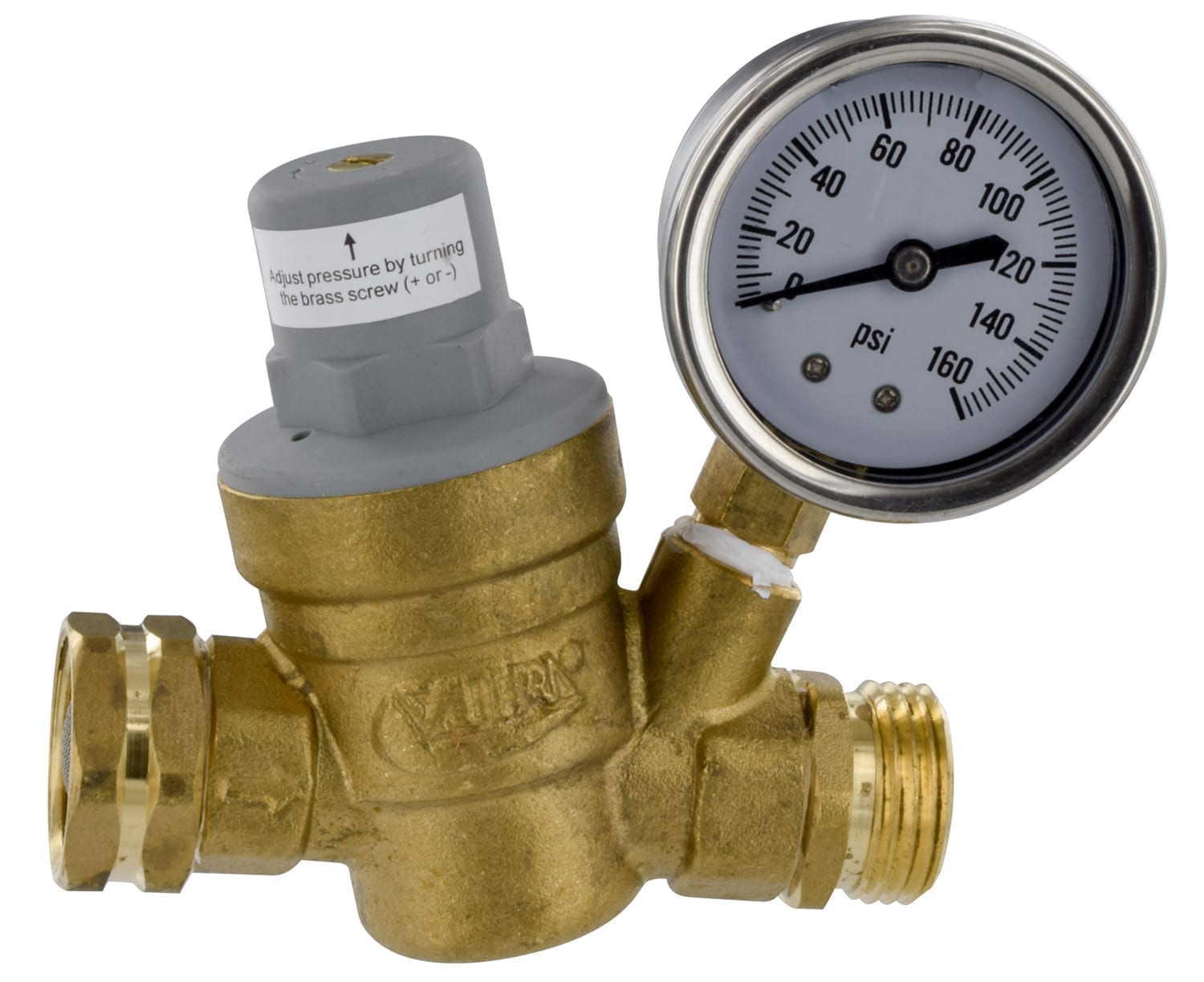



























:max_bytes(150000):strip_icc()/how-to-replace-a-bathtub-faucet-5210836-10-6825223c1e75442187d5ab09690510d4.jpg)













